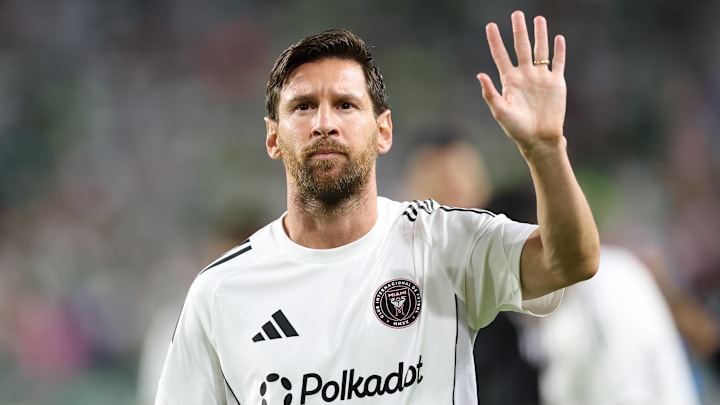There is no debate regarding Messi's impact on MLS. He's attracted attention, packed the seats, sold out jerseys, boosted sponsorships, and placed the league on the global map. Inter Miami was the hub. But the more that is invested, the more questions arise. A franchise that has long been about parity through wage caps and strict rules now has one team spending nearly four times as much as some of its direct rivals.
Inter Miami's not cheating. They're playing by the rules, using up designated player spots and matching sponsors to their advantage. But it is creating a legitimate issue. Is this still an even playing field? When three players on a team earn more than the entire payroll of several teams, it can't help but stick out. MLS has long taken pride in its parity, but that reputation seems to be shifting.

Other top-paying salaries in MLS
In addition to the Miami trio, many other high-profile players are on the payrolls. Toronto FC striker Lorenzo Insigne is the league's second-best paid at $15.44 million. Miguel Almirón, who recently returned to Atlanta United from a couple of years in the Premier League, earns $7.87 million. San Diego FC's new recruit Hirving “Chucky” Lozano is close behind at $7.63 million.
Luis Suárez, the other marquee player who wears the Inter Miami jersey now, earns much less — $1.5 million a year. Low relative to his standards, but with Messi, Busquets, and Alba taking up enormous salary cap spaces already, Suárez’s amount is part of the larger financial equation.

Rising above salaries, a league in transition
The 2025 MLS average salary stands at $649,199, a 9.22 percent hike from $594,390 in 2024, according to the MLS Players Association. It is a reflection of increasing financial growth and better treatment for the players, no doubt. But it is also a reflection of the widening chasm between the league's stars and the rest.
Some are making over $20 million, while others are making less than $100,000. The contrast in one locker room is just incredible, with world-class veterans sharing space with newcomers who want to make it to the next level.
Beckham invests a lot, and results matter
David Beckham has turned Inter Miami into the most talked-about soccer club in North America. Signing Messi was the clincher. Busquets and Alba followed, and then Suárez. The strategy is clear: build a competitive, lucrative team and let the superstars promote the brand across the globe.
Off the field, that plan has worked. On the field, the story has been merged. In 2024, results failed to meet the hype. Now, with more time for the team to gel, the league's all-time highest payroll team is ready to prove that it can back up the hype with wins. And that's what supporters really want, results.
Will MLS change or hold firm
The 2025 campaign could be a turning point for Major League Soccer. The league faces a decision. Does it accept a superteam-based future, or does it hold on to the model that fine-tuned its reputation for competitive balance? The rules regarding the designated player, the revenue caps, and the sponsorship structures could have to be overhauled if other franchises want a level playing field.
There are a few newer clubs with some serious monetary muscle, like San Diego FC, that are starting to enter the equation. But they are the exception. For every Messi, there are dozens of players making modest wages. It will be up to MLS to strike a balance that will allow it to expand while leveling the playing field.
